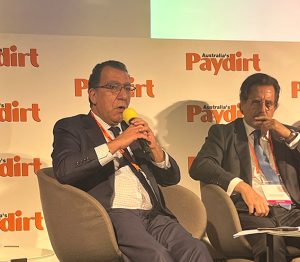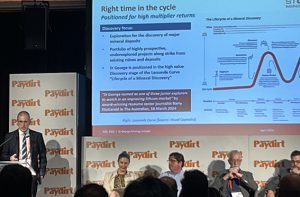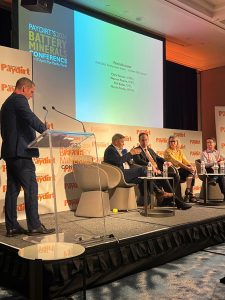Australia’s next lithium producer Core Lithium (ASX: CXO) is pleased to announce a partnership with global environmental and sustainability consultants ERM Group to provide a carbon footprint evaluation, Life Cycle Analysis and Sustainability Assessment of the Finniss Lithium Project.
HIGHLIGHTS
- Leading global environmental and sustainability consultants ERM Group completes Greenhouse Gas (GHG) Assessment of Finniss Project.
- The Finniss Project has lower Scope 1 and Scope 2 GHG emissions relative to its WA peers on average of the first 5 years of production.
- • The Finniss Project has the lowest emissions from the transport of spodumene concentrate compared with any other Australian Lithium project.
- GHG assessment includes mining, power, haulage and downstream processing operations and forms part of Core Lithium’s push towards greater ESG transparency.
- ERM Group has been engaged to complete a Life Cycle Analysis (LCA) and a Sustainability Assessment of the Finniss Project.
- Core Lithium is focussing on low-carbon optimisation footprint opportunities associated with lower energy use, net carbon credits and process by-products.
Core is pleased to advise that it has completed a greenhouse gas (GHG) assessment for the life (7.5 years) of the Proposed Finniss Lithium Project (Finniss Project) in the Northern Territory. The assessment evaluated estimated Scope 1, Scope 2 emissions associated with all operations at the mine (land clearing, fuel consumption, electricity usage and blasting) and Scope 3 emissions including transport of products and consumables, business travel and employee commutes.
Core Lithium Managing Director Stephen Biggins said:
“Core Lithium has always been aware of the inherent Environmental, Social and Infrastructure advantages associated with the Finniss Lithium Project. Work performed to date by ERM Group supports the Company’s push towards greater sustainability transparency and greater focus is being placed on improving the Company’s relatively low-carbon footprint.
“Core Lithium is actively assessing further optimisation opportunities associated with lower energy use, renewable energy alternatives and investigating other innovative approaches to further reducing its carbon footprint and its push towards sensible Social and Environmental responsibilities.”



